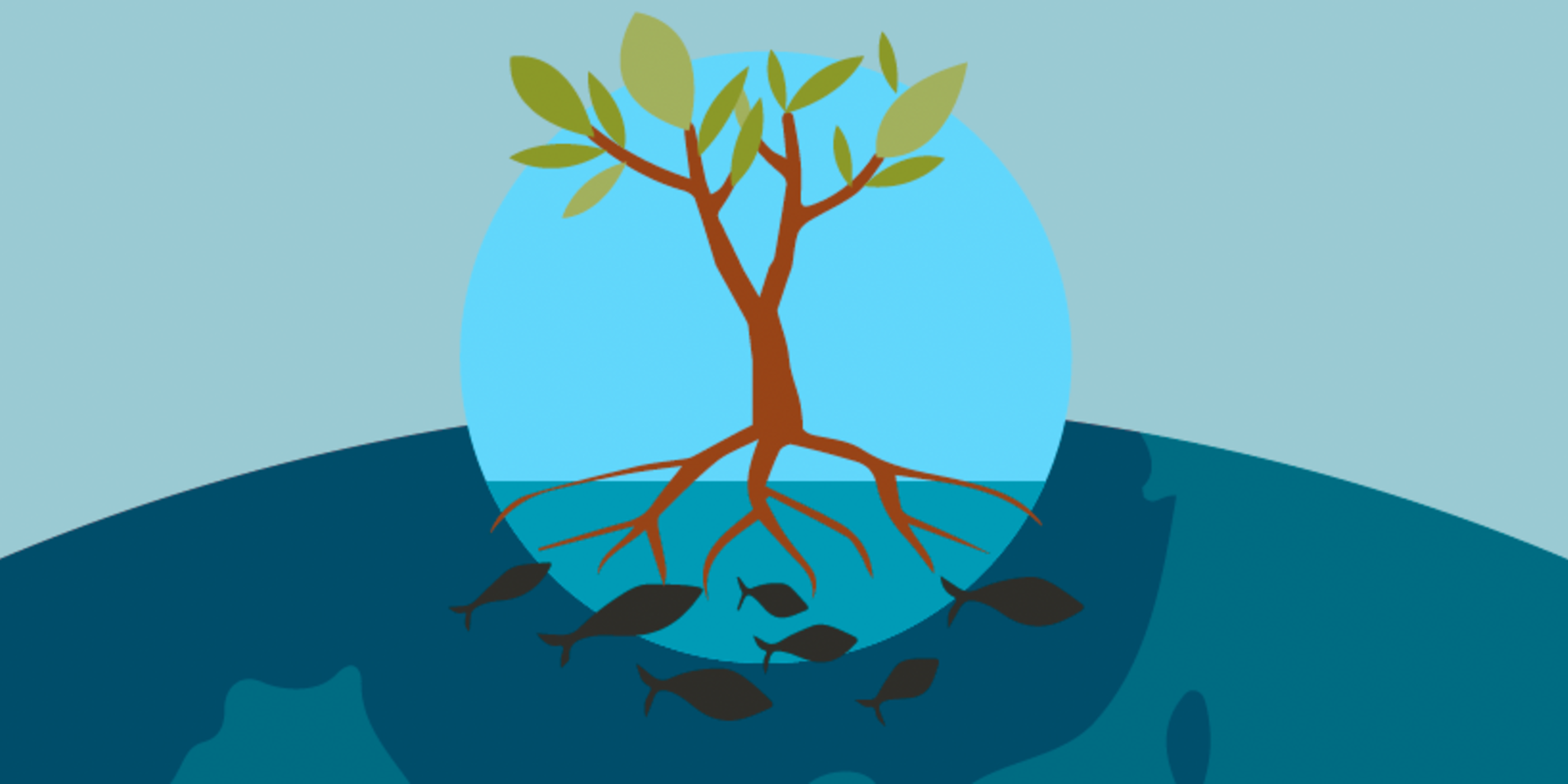Factoring seafood into climate action
The United Nations estimates that the global population has surpassed eight billion and food systems produce at least one third of all greenhouse gasses emitted into the atmosphere. How can nations sustainably feed future generations without deepening the climate crisis?
This is among the questions that negotiators will grapple with at the United Nations Climate Change Conference, informally known as COP28, in Dubai this month. Representatives from countries around the world will work to update and align national strategies for achieving the goals of the landmark 2015 Paris Agreement, in which countries pledged to keep global warming “well below” 2 degrees Celsius (3.6 degrees Fahrenheit) while pursuing the more ambitious goal of limiting the increase in global temperature to 1.5 degrees Celsius (2.7 degrees Fahrenheit).
Related: Stanford experts on topics to watch at COP28
Currently, only 4% of climate financing is allocated to food systems with a focus on cutting greenhouse gas emissions associated with land-based crops and agriculture. There’s even less investment in species that are wild-caught or farmed from the ocean, rivers, and lakes, also known as “blue foods.”
Three years ago, the Stanford Center for Ocean Solutions and Center on Food Security and the Environment set out to change that. In partnership with more than 100 scientists from 25 institutions around the world, the team published the most extensive research assessment of blue foods to date. The findings of the Blue Food Assessment provide decision-makers like those at COP28 with a scientific basis for how blue foods can help make food systems overall more sustainable, equitable, and healthy in the face of a changing climate.
Related: How food systems fit into climate solutions
“We want to remind COP28 negotiators that blue foods are an integral part of food and climate solutions and can be included in climate adaptation, mitigation, and finance strategies,” said Michelle Tigchelaar, Research Scientist at the Stanford Center for Ocean Solutions and lead author of the Blue Food Assessment’s climate paper. “The incredible diversity of these foods opens up many possibilities for reducing emissions while meeting other sustainable development goals at the same time.”
Related: Find Stanford scholars at COP28
Over 2,500 different species or species groups such as reef fish are consumed around the world as blue food. Though certain harvesting methods like bottom trawling or prawn aquaculture produce high carbon emissions, options like sardines and seaweed have been found to produce a fraction of the greenhouse gas emissions (about 16%) that result from producing a comparable amount of chicken. Oysters and mussels even sequester carbon.

The Stanford Center for Ocean Solutions has partnered with WorldFish, the Environmental Defense Fund, CARE USA, the Stockholm Resilience Centre at Stockholm University, and the Beijer Institute on a two-year project to incorporate blue foods into national climate strategies.
Improving environmental performance and social equity across the sector can strengthen blue food resilience to climate change impacts and their contributions to climate solutions, for both mitigation and adaptation. For example, project partner WorldFish has selectively bred a strain of Nile tilapia in Egypt to be faster-growing and more resistant to disease. Consuming both plants and animals, the genetically improved species requires minimal fish in its feed, cutting greenhouse gas emissions by one fifth and helping to mitigate climate change.

The Environmental Defense Fund, another project collaborator, partners with local communities in The Philippines to restore nipa palm, mangrove, seagrass, and coral reef ecosystems. The restored habitats enhance storm surge protection and also host seaweed and shellfish farms, providing local communities with decent work and a viable approach to climate adaptation.
Over the next year, the project team will convene researchers to develop scientific guidelines for how all countries can include blue foods in their Nationally Determined Contributions and National Adaptation Plans, which translate national commitments into action. They hope that examples of climate-smart blue foods in action will inspire change around the world.
“Blue foods can be climate-smart,” said Tigchelaar. “We hope to provide decision-makers at COP28 and beyond with the data they need to make strategic investments in low-carbon and climate-resilient fisheries and aquaculture.”





